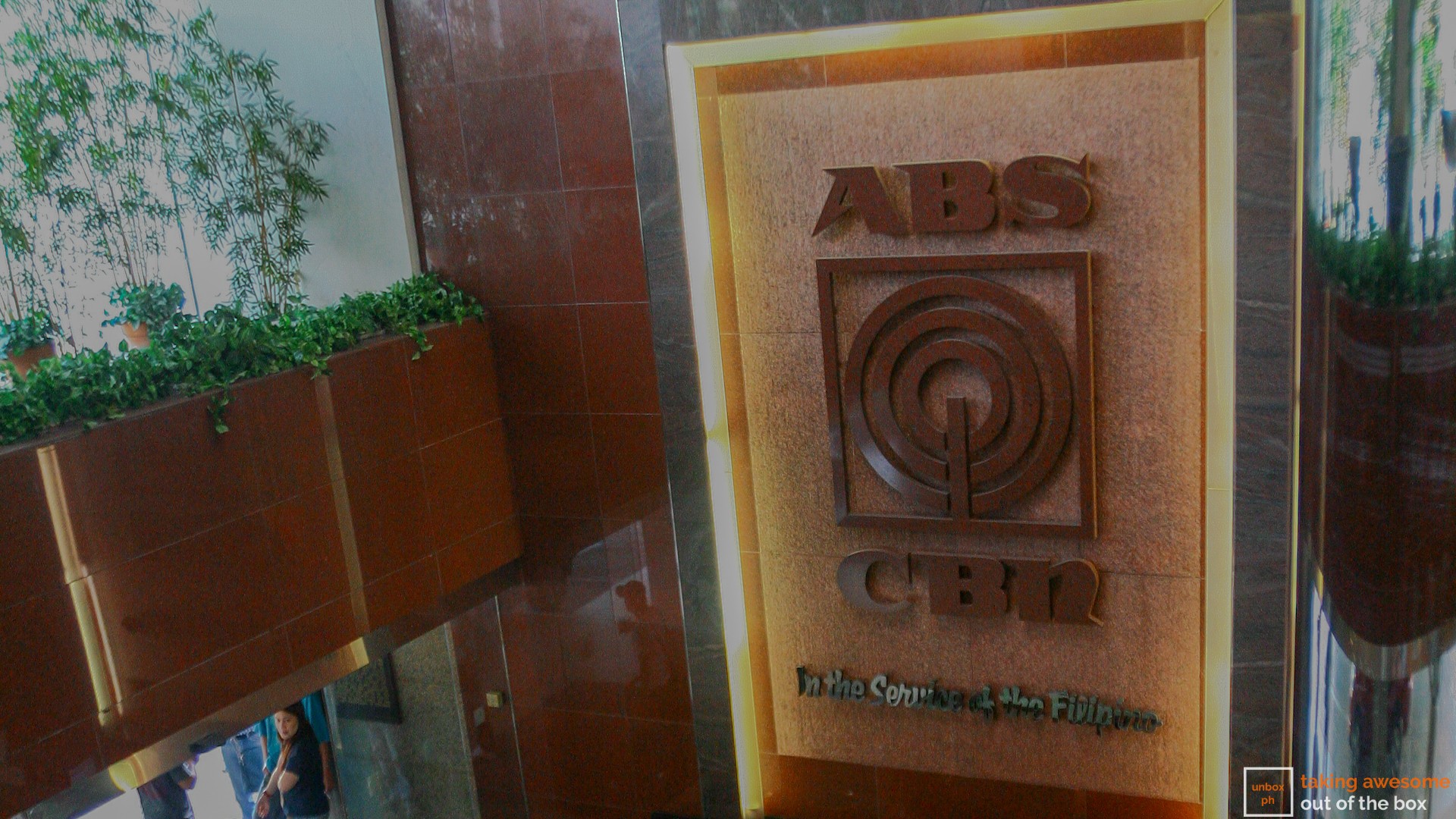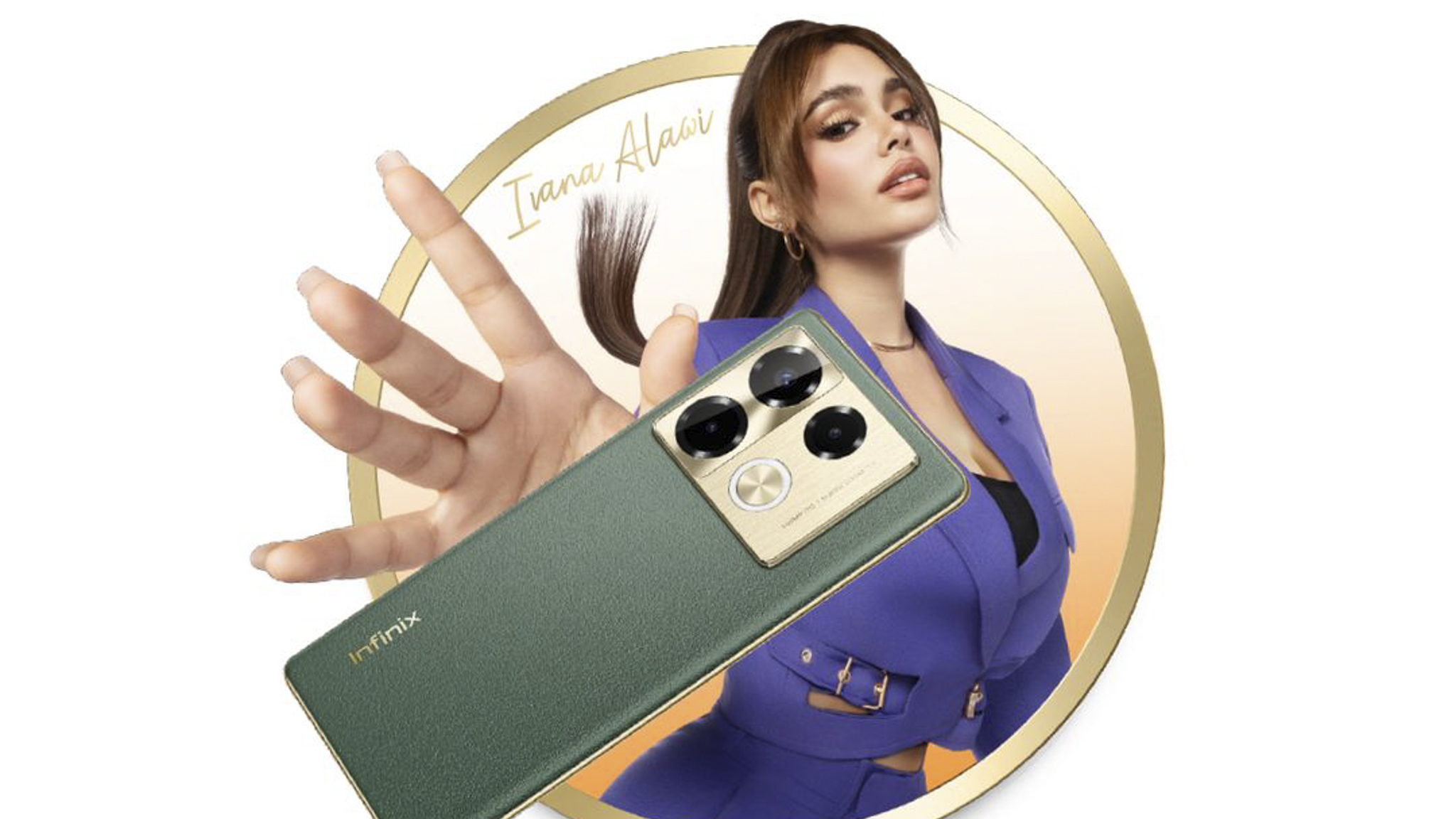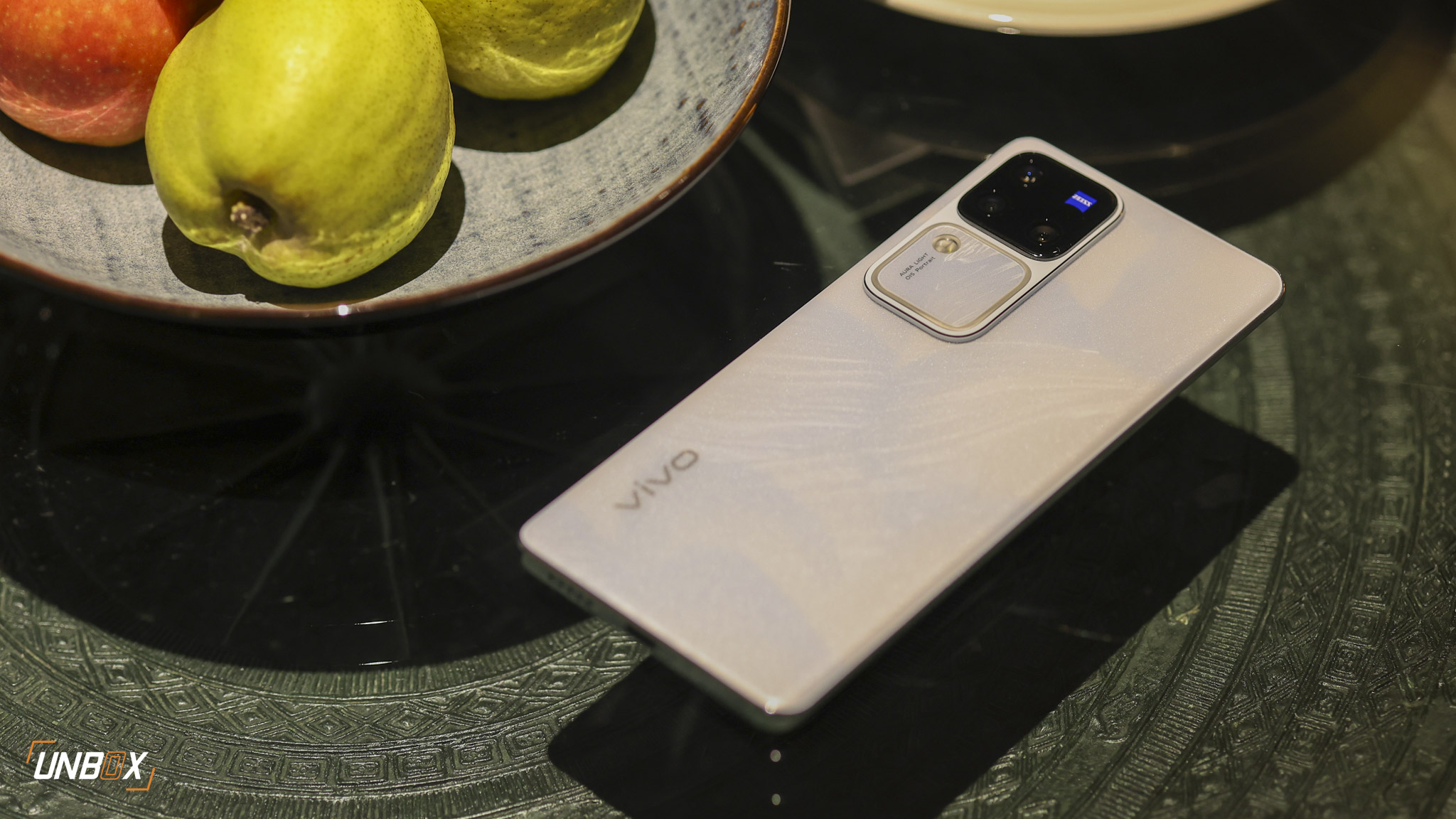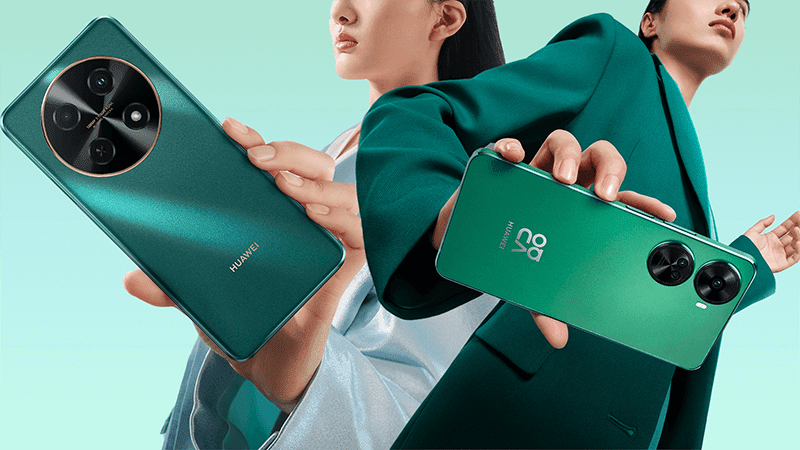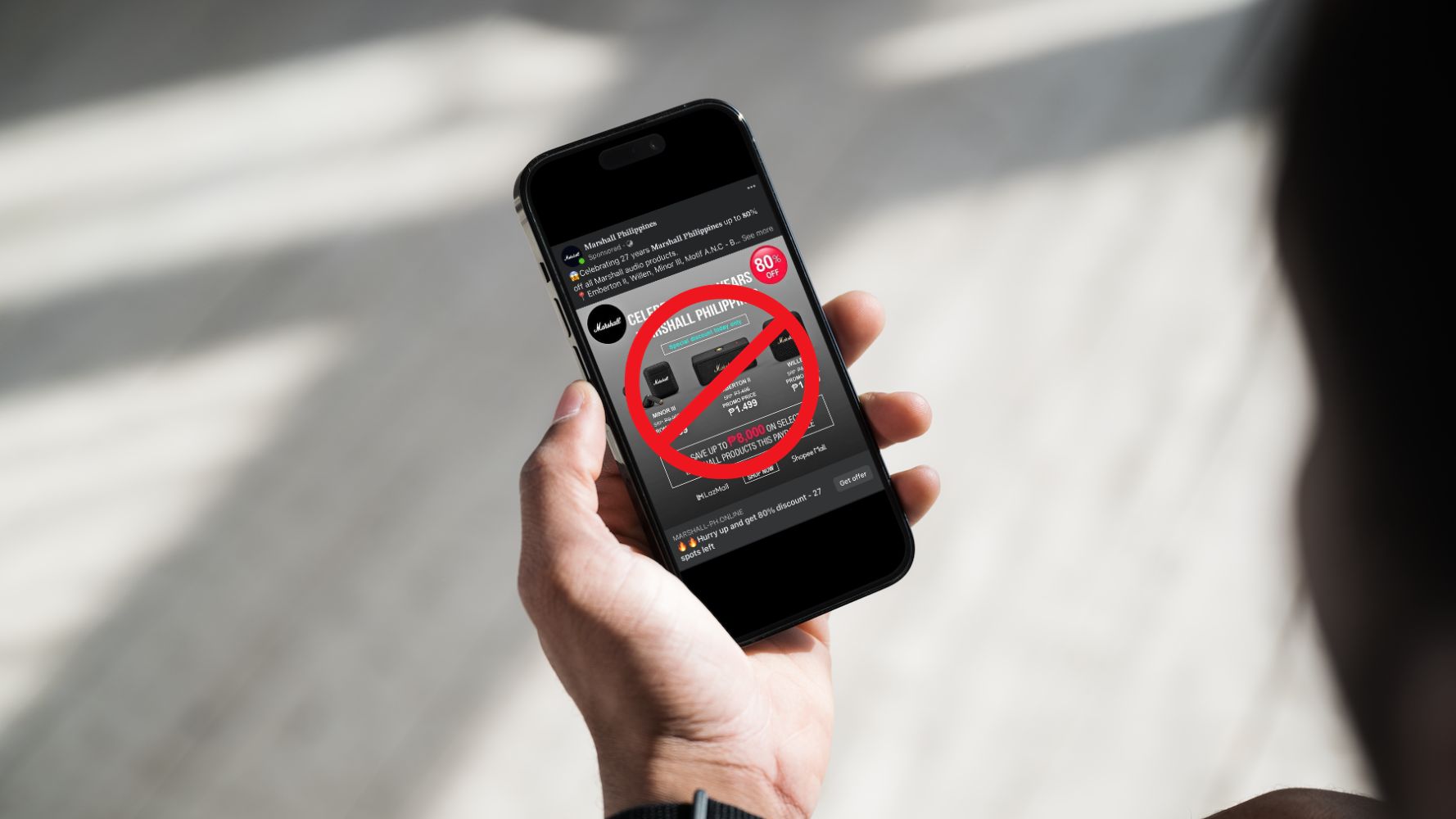
We’ve spent quite a few weeks with the P9 and its bigger brother, the P9 Plus. The new devices are the result of the Chinese juggernaut’s collaboration with famed German camera brand Leica, and sport dual cameras that both say take mobile photography to new heights. It’s not the first time the Chinese company has flirted with the idea of twin cameras on their phones – they first tried it out with the Honor 6 Plus – nor the last – they’ve consequently come out with another dual-camera smartphone after the P9 launched, dubbed the Honor V8.
Huawei P9 Plus specs
- Kirin 955 octa-core processor
- 4GB of RAM
- 5.5-inch full HD AMOLED display, 1920 x 1080 resolution
- 64GB of expandable storage
- Twin 12-megapixel rear camera with laser AF, LED flash
- 8-megapixel front camera
- Dual SIM
- 3G, LTE
- WiFi, Bluetooth, GPS, A-GPS, NFC
- 3400mah battery
- Android Marshmallow, EMUI
Does the company’s collaboration with Leica and the use of twin cameras on the back elevate smartphone photography to a new level? Find out in our full review below.

Huawei’s mastery of metal elevates an otherwise safe design
Huawei’s becoming adept at creating beautiful metal smartphones by now, and the P9 Plus is no exception. The P9 Plus has an aluminum unibody construction that feels nice to the touch, much like the company’s other previous flagships like the Mate S and the Mate 8. The P9 Plus isn’t a big surprise in terms of design, as it takes the elements from the previous P8 like the plastic strip on the top part of the phone into the new flagship.

That’s not surprising since Huawei is trying to build a consistent, but distinct, design language across all of their lines. The company seems to have settled on clean, angular lines on the P series, and while it does look nice the design is a little too safe for our liking.

Despite that the P9 Plus looks and feels the part of a flagship. It’s one of the nicest phones we’ve held so far, not to mention one of the slimmest at just 7mm. The 5.5-inch display has 2.5D glass layered on top of it that adds to the overall premium feel of the device, and overall the phone has lovely chamfers that soften the otherwise angular design of the device. The P9 Plus comes in several colors – haze gold, quartz grey and ceramic white. Our review unit, the quartz grey variant, looked more like stainless steel rather than aluminum the phone’s body was built with, which gives it that extra premium feel.

Despite its size (152.3 x 75.3mm) the P9 Plus fits comfortably in our hands. The textured power button is recessed to make it easier for you to press it when you’re not looking at the phone. The volume rocker is right above that, and both buttons are easily accessible by your thumb when you’re holding the phone one-handed. The speaker grill, USB Type-C port and 3.5mm jack are all located on the bottom of the phone. On the side of the device lies the hybrid SIM tray.

Once you flip the phone over, you’ll see the fingerprint scanner on the upper part of the body. Up above, you’ll see the twin cameras of the P9 Plus, along with the Leica brand name. To make it clear, the cameras aren’t made by Leica themselves, but a company in China named Sunny Optical Technology. So where does Leica come in? Well, the German company co-developed the software used in the P9 Plus and has collaborated with Huawei in the camera’s optical design and the mechanical construction of the camera module. Leica has also authorized Sunny Optical to make the dual cameras that bear their name, a first for the German brand.

Up front you’ll see the 5.5-inch, full HD Super AMOLED display. It’s a big difference from the IPS display on the smaller P9, and will probably be the main reason why the P9 Plus will last longer on a single charge (the bigger 3400mAh battery helps too). Another difference from the regular P9 aside from the display tech is Press Touch, Huawei’s own take on the Force Touch technology on Apple’s iPhones. Unfortunately, only a few apps support Press Touch at launch, mostly apps that come with the phone like Calendar and Email.

As for the actual display quality of the Super AMOLED panel? It’s actually rather nice, has good colors and very deep blacks. While the 401ppi display that the full HD panel produces pales in comparison to the offerings of its Korean and domestic rivals, it’s still a great display, and we had no complaints at all despite its resolution.

Kirin 955 is good enough but pales in comparison to other flagships
As before Huawei’s outfitted their P9 and P9 Plus with their home-grown Kirin 955 octa-core processor with a Mali-T880 GPU along with 64GB of storage and 4GB of RAM. In our experience Kirin processors deliver performance that’s good enough for flagships, and the one in the P9 Plus is no different. Apps ran smoothly in the P9 Plus, and navigating through the phone is buttery smooth. It’s not going to score as high as Snapdragon 820, but for what it is the phone is pretty fast and fluid.

The phone uses Huawei’s Emotion UI overlay over Android 6.0, which is pretty much par for the course for devices made by the Chinese company. There’s no app drawer, so everything is just laid out in the open, kind of like iOS. If you don’t like the look of the OS, you can always just download new themes or a launcher to fix that. While there are some redundant apps in EMUI, the phone isn’t slowed down by excessive bloatware, which is perfectly fine by us.
The phone’s single speaker manages to output good enough sound that’s surprisingly robust considering the size of the speaker. Calls made to and from the P9 Plus are clear and crisp, without any distortion whatsoever. LTE performance is top notch, then again that also depends on the quality of the signal from your carrier. It’s also one of the few phones that’s capable of using the newly acquired 700MHz band from San Miguel’s failed telco ambitions.

Two cameras deliver excellent performance
Why two cameras? Well, one camera takes color photos, while the other takes monochrome snaps. Both cameras have 12-megapixel resolution sensors. And while the monochrome camera takes gorgeous black and white photos, it’s main job is to be an assistant of sorts for the color camera. The software in the phone takes data from the monochrome camera (mainly the contrast levels) to improve the final, color shot.



Aside from improving color images, the monochrome sensor also takes depth information as well. That allows you to refocus the shot using software trickery and bokeh, which can go as low as f/0.95. Obviously since the effect is done with software there will be odd, especially on lower aperture settings.


The P9 Plus’ camera prowess doesn’t end there – Huawei’s gone to great lengths to keep the camera experience in line with the premium Leica branding, which includes the shutter sound as well as icons used in the numerous shooting modes. Speaking of, there’s a large number of shooting modes available, which include full manual mode (with RAW shooting capability thrown in) light drawing, panorama, HDR, beauty, time lapse and others.




As far image quality goes, does it deliver? Short answer is yes. Despite not having OIS, the P9 Plus is capable of delivering gorgeous shots both in well-lit spaces and dark environs. We’ve also found that the monochrome sensor is still capable of shooting decent photographs in poorly-lit environments even when the color sensor had nothing but noise.
The biggest issue with the P9 Plus’ camera? Video – without OIS, the resulting video is too shaky to be uploaded or used when there’s even a slightest hint of movement.

Superb battery life
The P9 Plus has an edge over its smaller brother not only in RAM, storage and screen size but also in overall battery life. The P9 Plus packs a very large 3400mAh battery. Combine that with its more power efficient 5.5-inch display and you have a phone that stubbornly refuses to die even after using it for a large amount of time. PCMark Battery benchmark gave the phone an impressive 8 hours and 8 minutes rundown time. In our use, the phone still have a little bit of battery left right after a very busy workday. It’s a phone that can go the distance for sure.

Verdict: Excellent camera and design, and price isn’t bad
At the end of the day the P9 Plus is another really solid flagship offering from Huawei. Does it have the best camera in a phone today? Probably. Is it the best flagship in the market right now? Not really – Kirin 955 is good, but pales in comparison to the performance of Qualcomm’s SD820, plus the lack of a QHD panel works against the phone. That being said, the P9 Plus is still a great choice for people who want a solid phone that has a stellar camera, and the Php 29,990 price that Huawei PH asks for it is more than fair.


